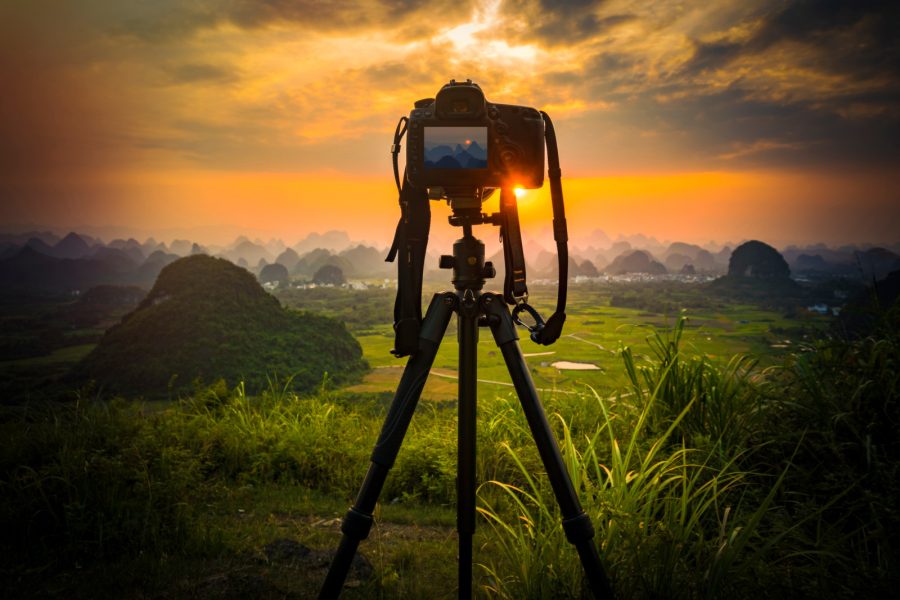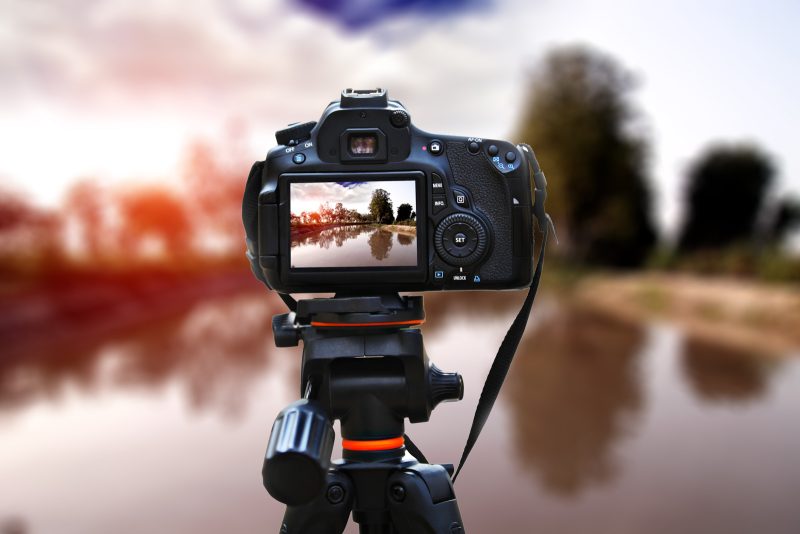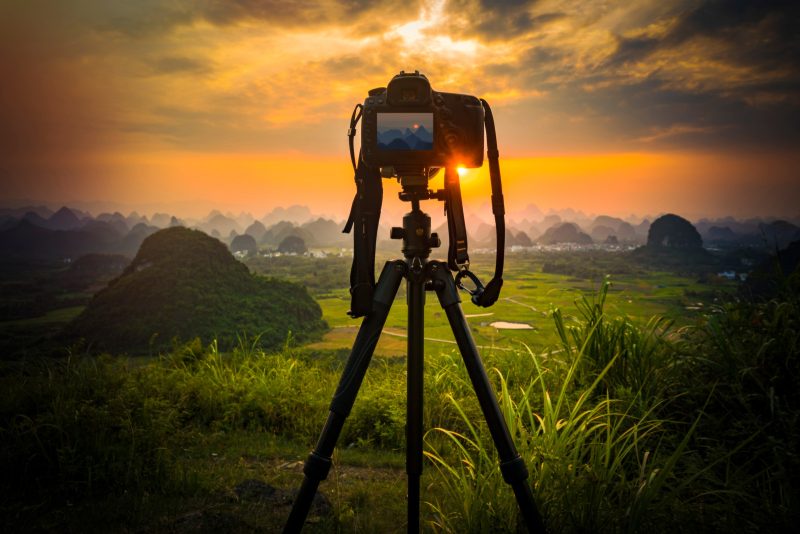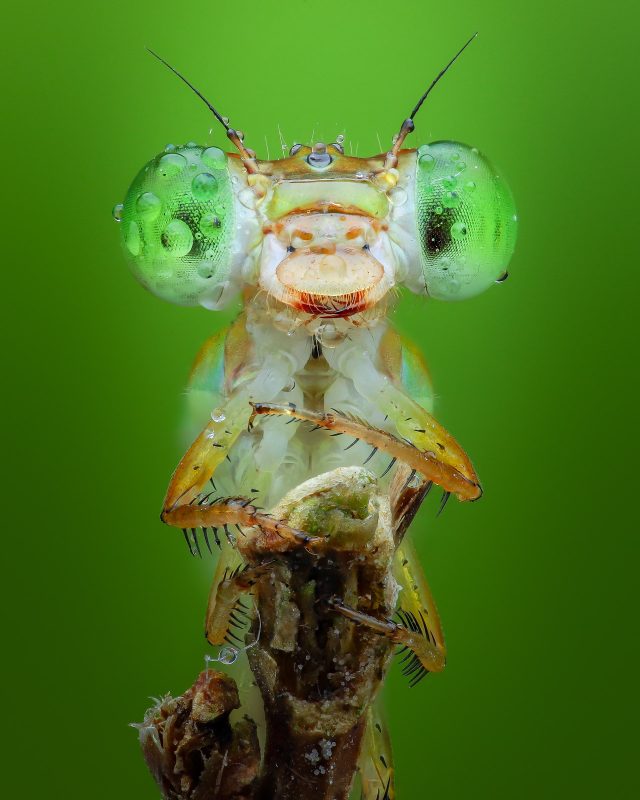What Is Focus Stacking in Photography?

Focus stacking in photography is a technique that has been used for a long time across many genres, including macro, astro, and landscape. Whatever you photograph, learning how to focus stack will help you create pin-sharp images from front to back.
What is focus stacking?
Simply put, focus stacking is a digital image processing technique in which several images are taken, each focused on a slightly different point throughout the frame, and then aligned and merged together in post-production.
It is similar to high dynamic range (HDR) but, instead of changing exposures, we change the point of focus.
A focus-stacked image will result in a greater depth of field, with sharpness achieved in every part of the scene. Focus stacking is crucial when you find yourself in situations where you need to extend your depth of field beyond what is achievable in-camera.

From ultra-close macro subjects to deep landscape scenes, focus stacking is a technique worth mastering for super-sharp images.
Whilst you won’t need to use this technique for every photograph you take, there are some scenarios where it is beneficial. These include when using an ultra-wide-angle lens with a subject close to it, macro photography in general, and scenes with a great distance between the foreground and background.
By focus stacking in these scenarios, you will ensure optimal sharpness throughout your composition.
How does focus stacking work?
Focus stacking in photography is a technique designed to achieve a greater depth of field by blending (or stacking) a series of images together. This requires the use of both your camera and post-production software.
Essentially, the photographer takes two or more shots of the same scene, each focused on a different point and then blends these shots together in Photoshop, or other dedicated software like Helicon Focus.
The software then identifies and uses the sharpest part of each shot to create one razor-sharp image file.
The number of shots you will need to take will vary depending on the focal length, aperture, and distance from the camera of the nearest object you want to keep sharp, but more on this below!
How to take photos for focus stacking
Whether you want to photograph a spider with a great depth of field, or you want to capture a sweeping landscape with tack-sharp focus from front to back, decreasing the aperture isn’t always enough to achieve the focus you are after.
One way to overcome this is by focus stacking your images, which as we now know is the technique of combining multiple frames, each focused on different points, into one final image.
Though there are small variations on how to focus stack depending on your subject (a beetle vs a sweeping landscape for example), the overall process is the same.
Focus stacking starts as any photograph does – choosing your subject and composition.
Mount your camera on a tripod to maintain the same scene throughout your shots. You can take hand-held images for focus stacking, but you will need to be more careful when maintaining the composition.
Next, set your exposure. Ideally, try to avoid changing the exposure as you will have to work harder to standardise exposure when blending images in post-production.
Once you are happy with your camera setting, you can start to shoot your series of images. Start by focusing on the nearest part of your scene. Take your first shot, and make sure not to change your settings or composition.
Now all that’s left to do is to take the remaining images, moving your focus incrementally across the scene from front to back.
If you are shooting lots of images on the same day/same memory card, it helps to use an image as a marker for when you start and finish your series for focus stacking. I tend to take a photograph with my lens cap still on the lens, creating a blacked-out image. I make sure to take one at the start and end of my series of images for focus stacking.
How many images you need to take depends on the scene or subject. Most focus-stacked landscape images only need two or three shots, whereas a macro subject like a butterfly will require several more, especially if you are working at 1:1 magnification or beyond.
If in doubt, err on the side of caution and take more photos than you think necessary.
Once you have all the shots required, you can start to blend them in post-production.
How to focus stack landscape images
Often with landscape photography, we can manage to shoot sharp images at around f/16. However, if you are bringing some interesting foregrounds into the composition, focus stacking will allow you to achieve sharp focus throughout the scene.
If you aren’t sure whether focus stacking is needed, take a test shot with your lens focused at about one-third of the way into the scene, and then review the image. If you zoom in and can see that parts of your shot are blurry or slightly out of focus, then you will need to focus stack.
You can do this by following the steps above, and then stack your images in post-production. To learn about how to blend your images in post-production, follow the steps set out here or here (whilst these tutorials focus on macro and astrophotography, the overall steps are the same).
Read more: Where to Focus in a Landscape Photo
Macro photography focus stacking
If you are photographing the macro world of insects, you can either take images for focus stacking in the field or in a studio set-up.
These articles will take you through the step-by-step processes to follow for pin-sharp macro images, from setting up your shot to blending the images in post-production.
- In the field – How to Focus Stack Macro Photos in the Field
- In the studio – How to Use Focus Stacking for Studio Macro Photography
Focus stacking astrophotography
If you are shooting the night sky, these low-light, long exposure shots can often result in a noisy image. To combat this, we can focus stack our astrophotography shots. By reducing noise in images, we benefit from an improved signal-to-noise ratio (SNR).
A stacked image of a starry night sky will have a much smoother background and improved overall image quality.
The more images you take of the same starry scene, the more detail you can draw out in post-processing. Stacking astrophotography shots will allow you to use shorter exposures at higher ISOs – allowing you to get sharper stars, combat star trailing, and capture more information.
This tutorial will give you a step-by-step guide to help you master focus stacking for astrophotography – How to Stack Star Photos to Reduce Noise in Photoshop
In conclusion
Whether you shoot the macro world of insects or vast starry nightscapes, focus stacking will help you capture clearer images with more detail, giving you sharp images from the closest point in your foreground to the furthest point in the far-off background.
It’s an advanced technique that requires patience and practice, but once you get the hang of it you’ll wonder why you didn’t learn it sooner!
Show us your focus stacked images in the comments below!










